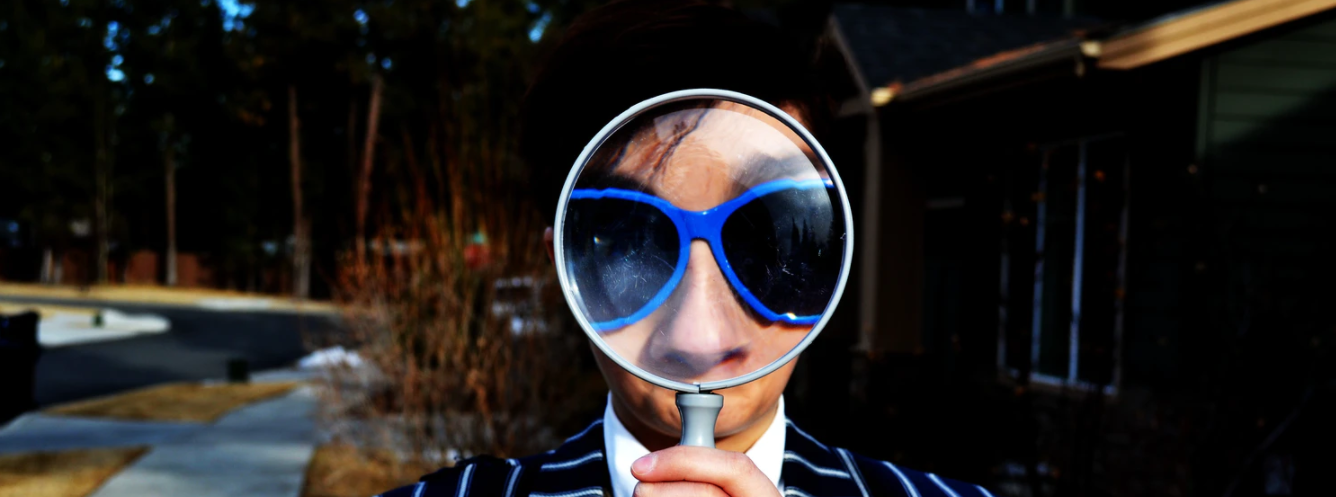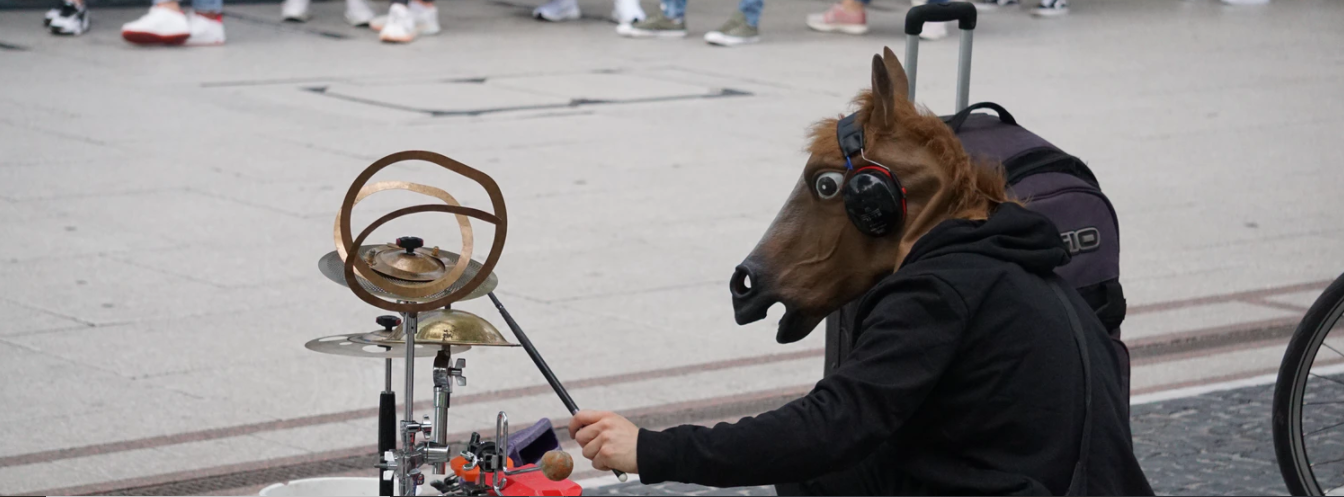Employment Data Show Probable Dead Cat Bounce

It seems as if the jobless numbers are getting better. March28th saw a record jobless number of 6.5 million Americans. Each week, we’ve seen steady improvement in the numbers, with last week’s print of improving to around 1.3 million new jobless claims. The St. Louis Fed’s James Bullard made an optimistic statement expecting the overall unemployment to sink down into single digits and potentially drop to around 7% by year’s end.
But what if this optimism is misplaced and more wishful thinking than economic forecasting?
The worldwide pandemic lockdown was about as close as you can get to a complete halt of all economic activity. The jobless numbers of course would spike to unprecedented levels. As expected, the re-opening of some parts of the economy has lead to the softening of these numbers as many people returned to economic activity and some form of employment.
But the optimism goes further, it predicates a returning to an economic activity equal to a level consistent with a mild recession, after all 7% unemployment represents a moderate recession. The unemployment rate rose to 10.8% during the 1982 recession, 7.3% in 1991 and 9.9% in 2008 at the height of the Great Recession. It assumes that we wil return to a normal level of economic activity albeit subdued, by the end of this year. This is a big assumption and would not only factor ina v-shaped recovery of sorts, but that covid is abated and the after affects are moderate, as we already entered recession in February, it just wasn’t clear how deep it would have gone without the pandemic magnification.
It would also assume that further large scale lockdowns are avoided and that rescued corporations remain in tact and greater numbers of people return to work. These assumptions are most tenuous. As it is, we are still seeing more than 1 million new jobless claims a week, now for more than 15 consecutive weeks. To put this into perspective, pre-covid, the highest weekly jobless record set in 1982 was about 692,000. This Thursday’s jobless number is expected to remain about 1 million.
We are currently tempering unemployment with what is now the tail end of the Payroll Protection Program (PPP) – stimulus engineered with forgivable loans to corporations who retain employees on their payroll. As this ends, we will start to see jobless numbers tick up.
Additionally, hotels, airlines, restaurants, bars, etc are struggling to stay open. We know that lower skilled employees are the first to go – and that has happened (and is still happening) given the numbers. But the next wave is already starting to happen. Those airlines, restaurants, hotels aren’t ordering supplies. The suppliers aren’t delivering and aren’t ordering from the manufacturers. The manufacturers aren’t shipping and aren’t ordering raw materials and so it goes. It’s not just the empty hotel or empty plane – the chain is long, involved and complicated and interdependent.
Just recently we heard about 36,000 slated layoffs at United, 200 store closures at Bed Bath Beyond, 700 layoffs at Levi’s, just to list a few. As more companies go into chapter 11 or close completely (Brooks brothers being a recent), the domino effect multiplies.
In tandem, we are seeing California reimpose some lockdown restrictions and with record numbers of new infections across the country, it’s only a matter of time until more states follow, putting enormous pressure on the thus far sliver of a recovery.
The US economy is also overly reliant on services. A lot of these services are sustained by discretionary spending. As more and more people become unemployed, the first area to cut is unnecessary discretionary spending, compounding the issue even further.
As PPP unwinds and companies find the operating environment more and more difficult, it is extremely likely that we see a second phase of layoffs affecting white collar, higher income employees. In a fight for survival companies will start to axe superfluous and expensive human resources that are no longer vital.
We foresee the next trend in unemployment moving higher, much to the surprise and consternation of the Fed and we are skeptical of their bullish sentiments.
After the great depression, unemployment numbers remained in double digit figures until 1940. Like then, the economy needs a major realignment. Our economy over consumes and under produces, facilitated by an easy access to too much debt. There is a misalignment creating a dichotomy of high wage earners and low paying jobs. The middle segment has been eroded. Automation is exacerbating this trend even further and replacing not only low wage, but middle income jobs too.
While unemployment is painful for the individual and their nexus, it also takes its toll on society. It is however a necessary evil required to re-balance and precipitate economic transformation. It forces labor to be as productive and competitive as possible. It confers realistic expectations on society. It removes consumption that is excess. It moves labor to geographic areas and ensures new skill sets that are needed are developed. It re-calibrates our economy’s competitiveness within an international market. And most importantly, it ensures that when the next wave of innovation arrives, we have the preparedness to put our human capital to work.
 How to ensure your investments beat inflation
How to ensure your investments beat inflation
If you believe that inflation is really going to take off (we don’t), what should you do? Once again...
 Searching for Real Yield
Searching for Real Yield
Following the kind of stock market blow-out that we are anticipating there will be plenty of high yi...
 Beating the Drums of Inflation
Beating the Drums of Inflation
It seems like the inflationistas are predicting inflation rather than showing data to support it’s e...